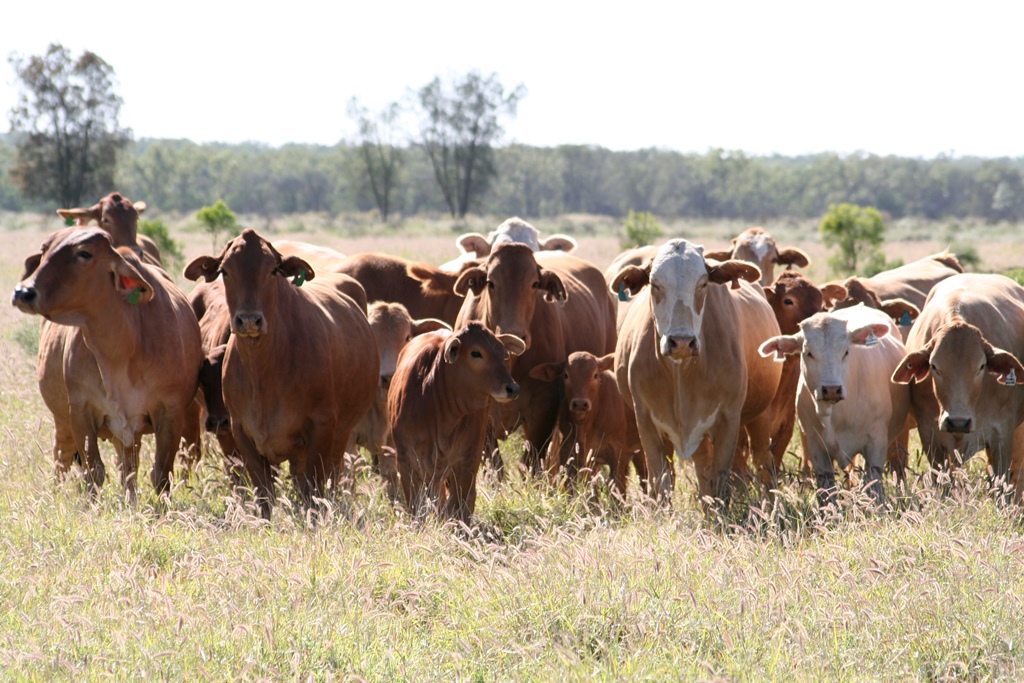Important factors to consider when making the transition to controlled mating
- Identify the ideal time of year to support wet cow nutrition
- Ensure the ability to securely paddock bulls during the non-joining season
- Ability to keep accurate herd records and maintain herd health/nutrition
- Access to Vet services for pregnancy testing and bull checks
Making the decision to transition to a controlled mating system on your property can be challenging. On this page, beef reproduction experts and FutureBeef contributors Mick Sullivan, Tim Emery and Roxanne Morgan provide key considerations and planning options to help make the shift less complicated.
We will be using the following property as an example to help simplify some of the management decisions made. This property and information may not be relevant to your situation, but FutureBeef have many experienced extension staff that can help you – find their contact information HERE.
Example property details:
- Reasonably large-scale property in Central Queensland with multiple large paddocks that are extensively grazed
- Green date in mid-January
- First weaning muster April to June
- Second weaning muster August to September
- Wanting to change from continuous mating to controlled without impacting heavily on production.
Three year plan for transition to controlled mating:
